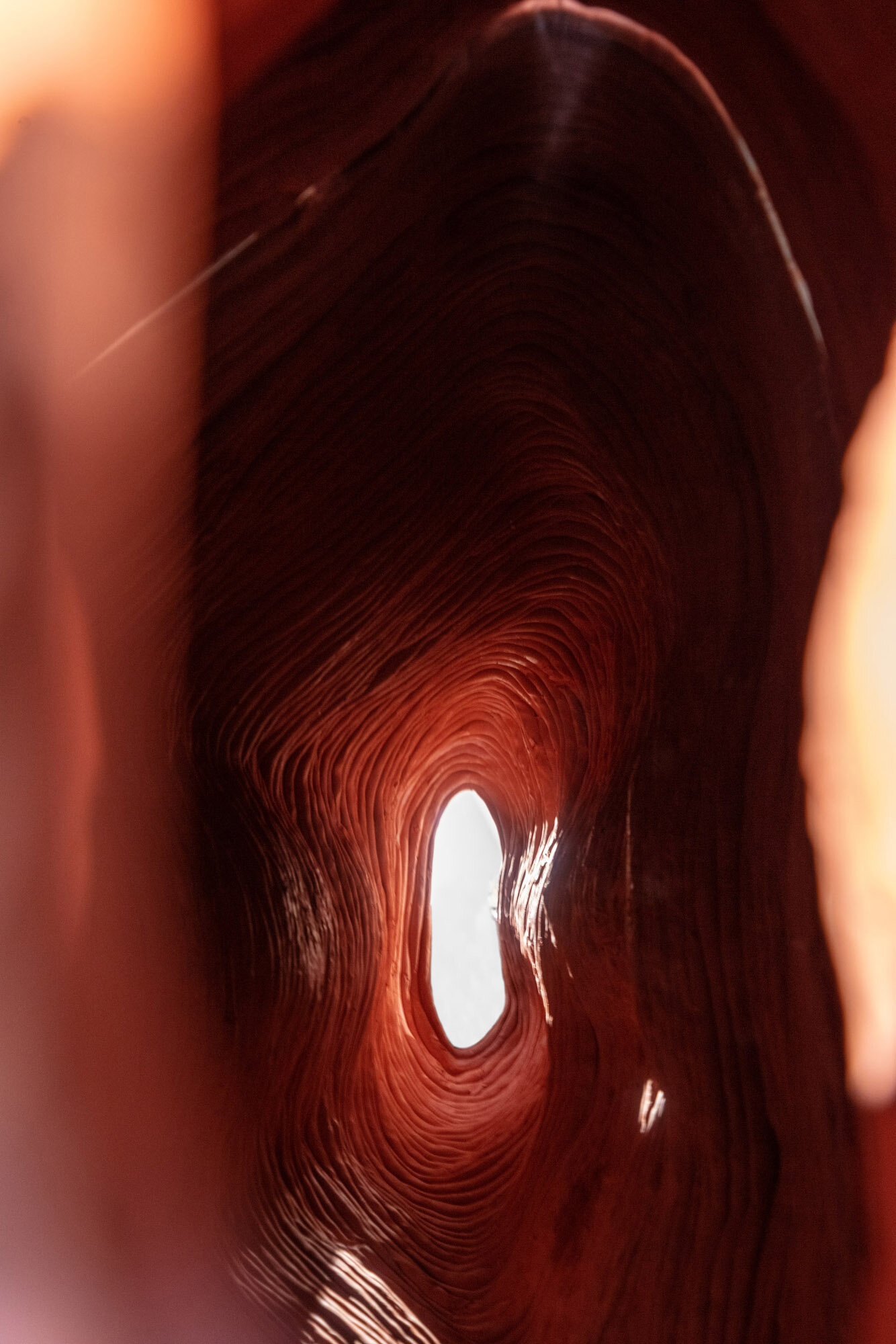Looking Forward while Looking Back:
On Repetition and Depth
Curated by Elisa Gutiérrez Eriksen
May 1 - 14, 2020
The new iteration of Looking Forward while Looking Back: On Repetition and Depth, presents the works of NARS Alumni Brigitta Varadi, Ellen Bleiwas and Ren Zi.
The works of these artists are deeply rooted in an infinite search for interiorness, for the unseen, and the ritualistic. They exist in a permanent threshold –a constant tension between movement and stillness, between the inside and the outside, between the other and the self.
Through repetitive, meditative gestures, these artists shape and create works that encourage slowness, sensory perception and the exploration of the various meanings of life.
As our daily lives have become spaces of repetition and pause, the practices of these artists lead to a perspective in which our daily actions can become generative, even magical.
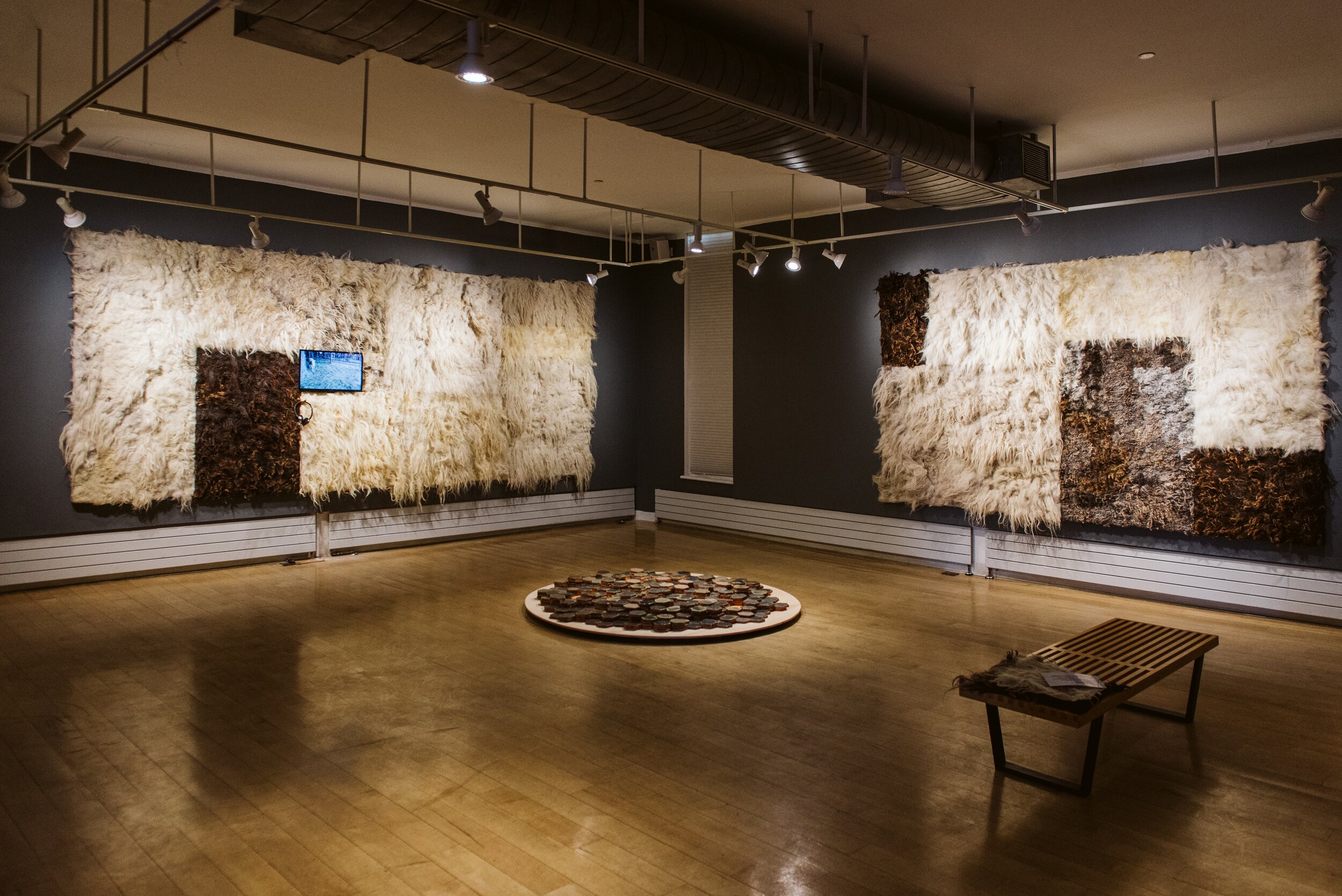
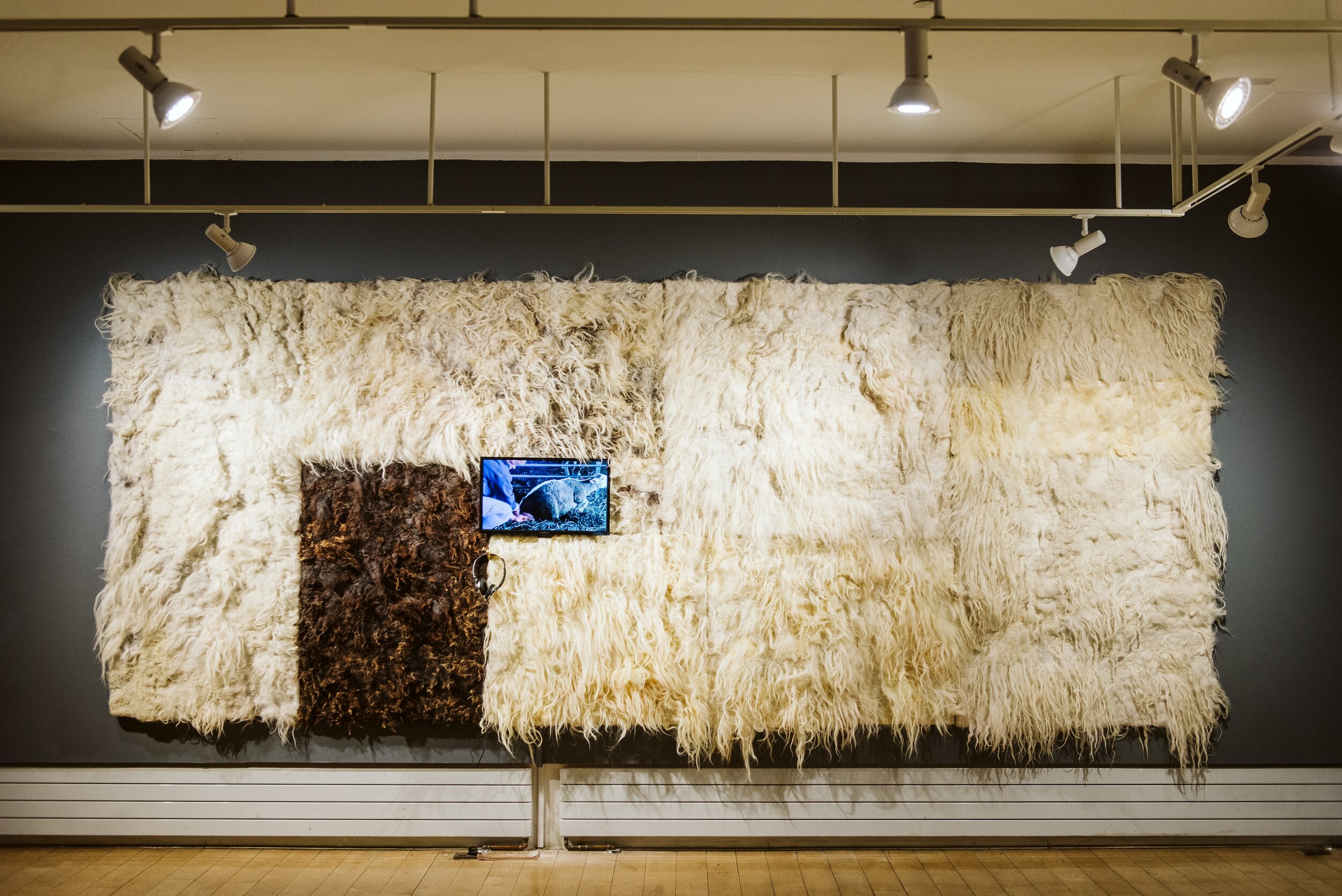

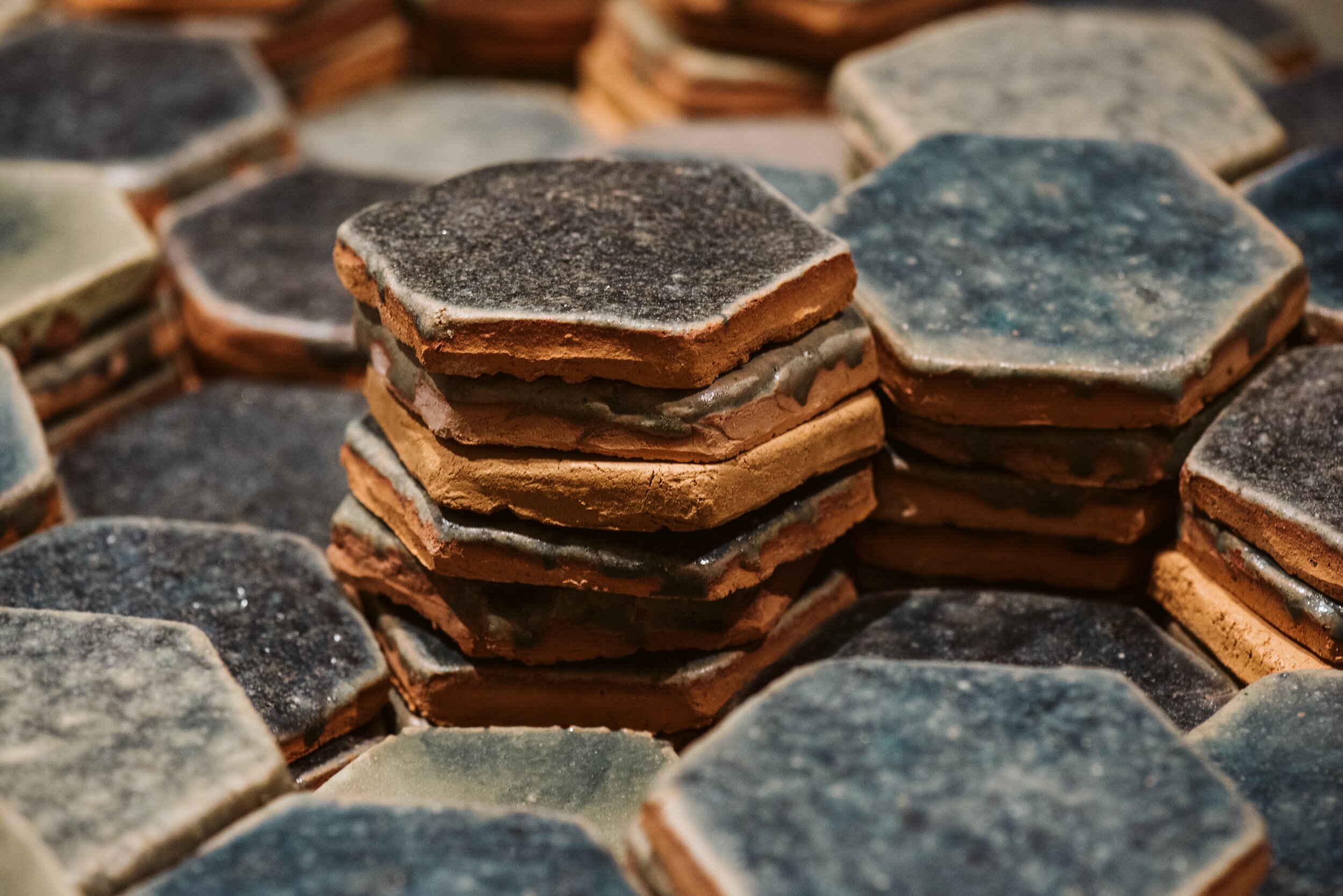
Brigitta Varadi (Ireland)
NARS Alumni, 2014 Season I
@brigitta.varadi
Exploring the Invisible features a room-size installation of nearly 2,000 ceramic tiles and 19 felted-wool panels. The minimalism of Varadi’s art and rawness of her materials belies an intensively laborious process. Instilled with a meditative rhythm, she repeats the same gesture several thousand times as a tile is formed, or wool felted. Brigitta Varadi explores the unseen, everyday rituals of working life. In 2019, Varadi visited Shelburne Farms as a BCA artist-in-residence where through a series of workshops, she led community members in creating handmade tiles as she engaged them in conversations on sustainability and cultural heritage.
"Exploring the Invisible" is at the Burlington City Arts and Shelburne Farm, from February 21 - June 7, 2020
Photography courtesy of Sam Simon @samsimonimaging

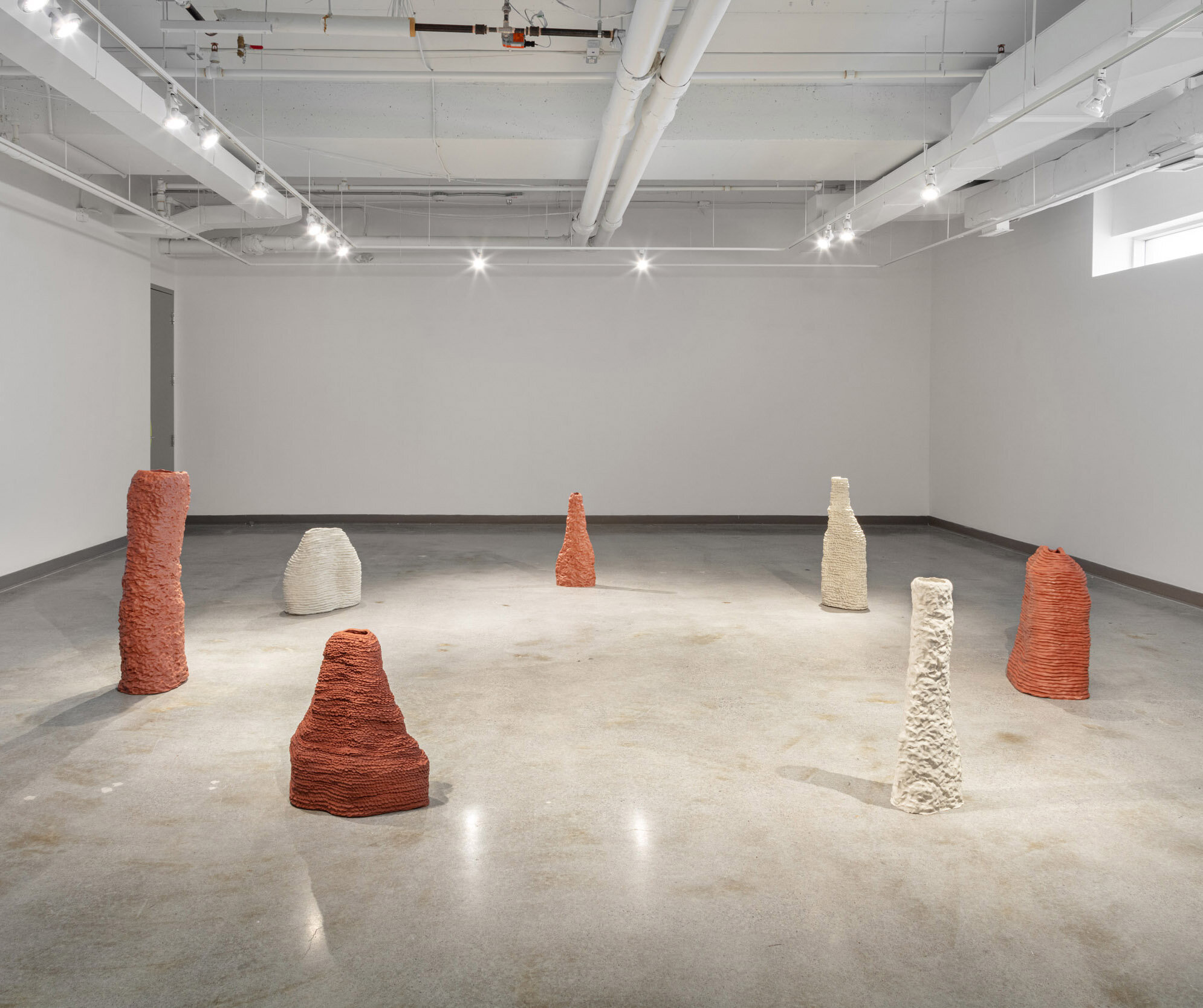
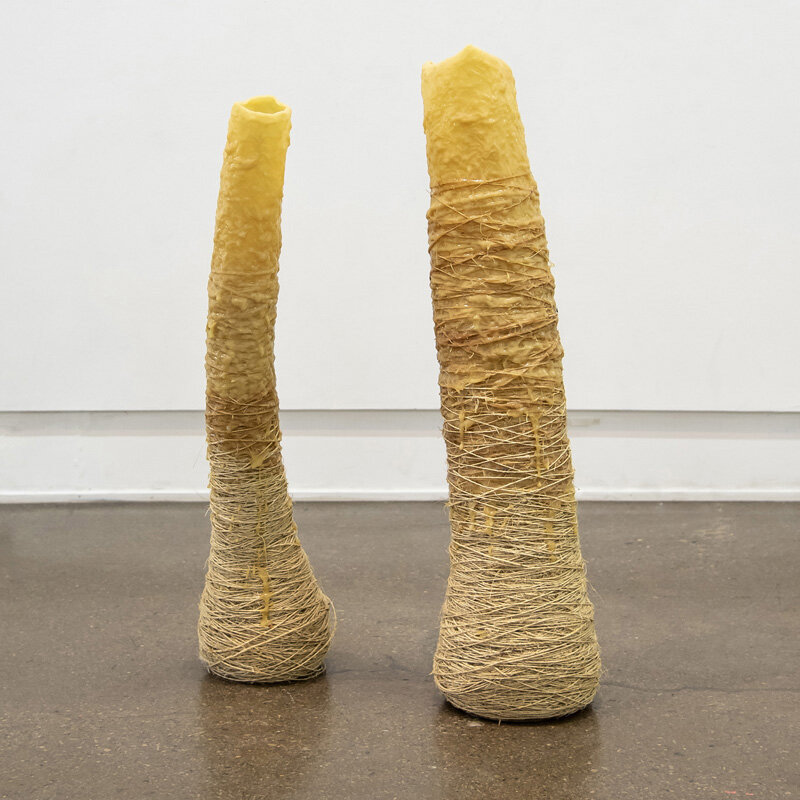

Ellen Bleiwas (Canada)
NARS Alumni, 2020, Season I
@ellenbleiwas
Ellen Bleiwas’ sculptural practice is rooted in space, the body, slowness, and sensory perception. She draws upon tunnelling and interiority to create holey enclosures that can be gradually permeated, framing heightened experiences with self. She probes materials including latex, clay, beeswax, and industrial felt, repeating single actions until process generates form. Bleiwas holds an MFA from York University in Toronto (2017), and a Master of Architecture from McGill University in Montreal (2010). She recently completed a residency at the NARS Foundation (2020) with the support of the Canada Council for the Arts.
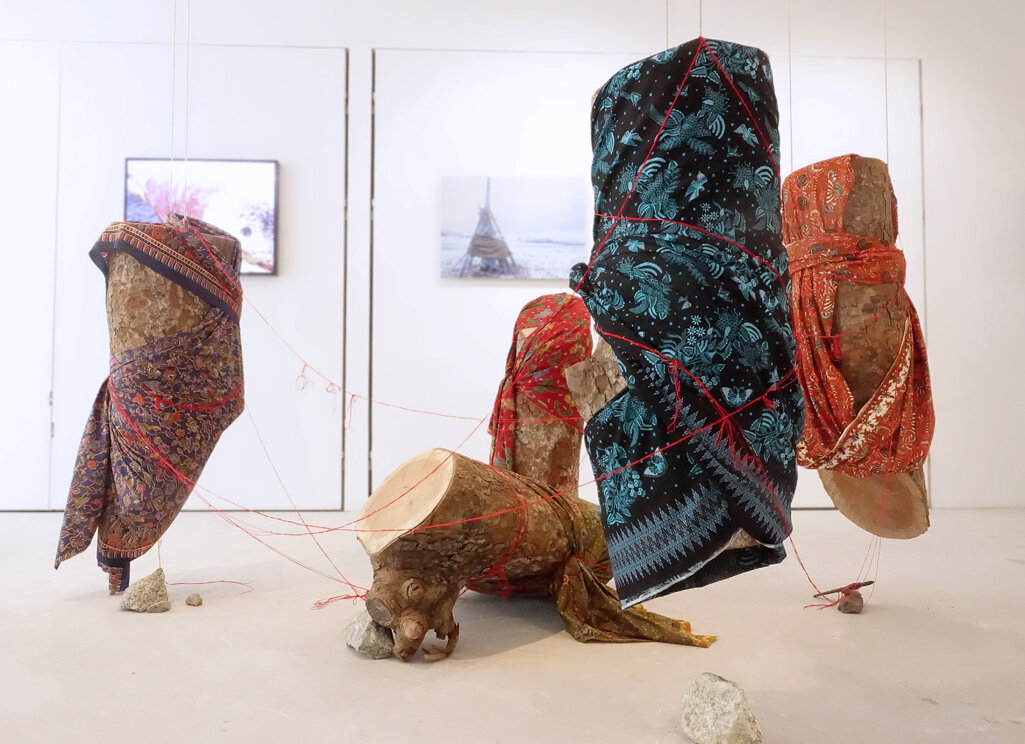
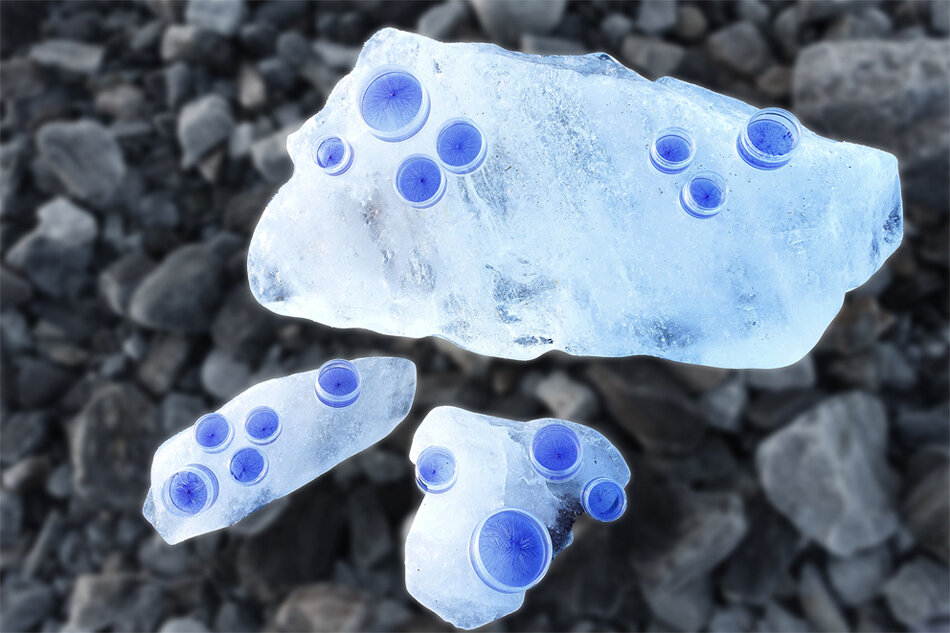
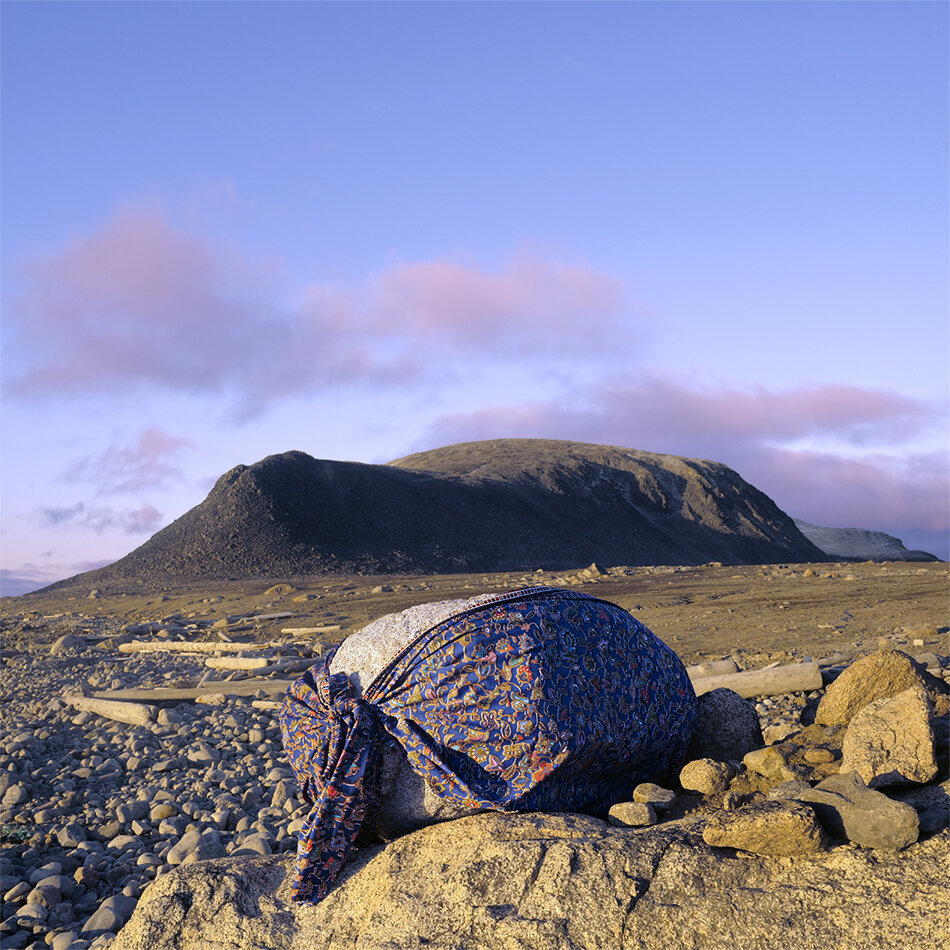

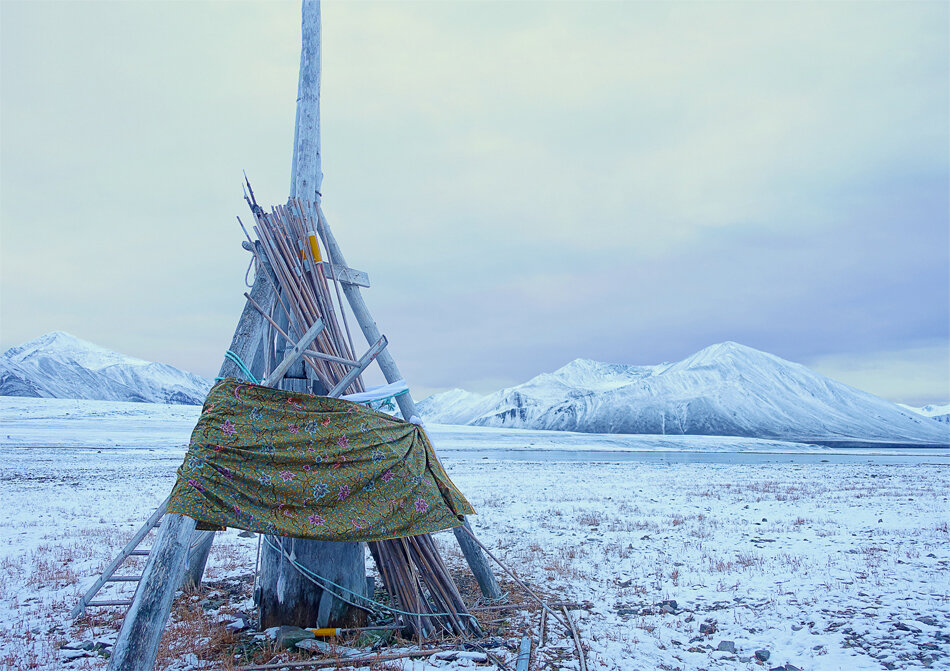
Ren Zi (Singapour)
NARS Alumni, 2015 Season II
@ren_zi
Ren Zi’s investigation into the construction of reality through the myth is premised on philosophical idealism, the Taoist concept of entangled dualities, + Halberstam’s theory of queer failure.
Also informing their approach are temporal models, quantum, superstring + chaos theories, complexity, cosmic flux, science-magic confluence, agency + disobedience. Which likely accounts for a practice that resists categorization – while centered around the digital atelier, their oeuvre encompasses mixed-media objects, installation, video, sound, the textual + performative.
Since assuming mantle of "the ghost of Singapore future”, the artist has embarked on a survey of the country’s alternate futures within the context of its contradictory narratives + the Anthropocene.
Download Press Release
Conversations
2014, Season I
@brigitta.varadi
Can you tell us a bit more about the process for creating the work presented in your exhibition at BAC?
The Exhibition is the culmination of my research-based artist residency and workshops, a partnership between Burlington City Arts and Shelburne Farms. Combining the missions of both organisations, I led conversations about social and cultural issues impacting the Vermont landscape and its community. I was fortunate to have a studio at the Museum of Arts and Design during the summer where I could meet visitors from the US and the world, becoming part of this project through conversations and through making tiles with me. The video Exploring the Invisible, captures the laborious practice of processing clay sourced locally from Shelburne Farms to transform it into hand-built tiles emulating historical tiles that were once mass-produced in the late 19th century. Spent months of research developing the clay body, from clay I dug and the wood ash glaze from the historic cottonwood trees, taken down at Shelburne Farms. The felted raw wool panelling made from Navajo Churro wool, sourced from Shelburne Farm and accompanied by single-channel video, excerpts from conversations with Sam Dixon, Dairy Farm Manager and Renee LaCoss, Herdsman.
How are you doing these days? Is your artwork being influenced by or providing an outlet from the current quarantine?
Processing the news every day, I think it is the hardest for me. It is emotionally hard to focus on anything else than what is currently happening in the world right now. My practice delves into tradition, craft, and the everyday rituals of
working life through examining the disappearing traditions and daily activities of small, secluded communities. Sitting in my studio day after day, I slowly realize, how my work became urgent facing the unknown future and its challenges.
What are you working on right now?
I have an ongoing project since 2016, working with Elaine J. Davis, and her two special Icelandic Sheep, Niko and Bart from her flock located in Upstate New York in the town of Hebron. Each year I create a 63-63 inches piece from the wool shorn from these two sheep. The subtle changes in the work trace the sheep yearly cycle, the changes in their life related to weather, food condition and lambing. I am working on the 4th piece ‘Niko and Bart 2019’ .
Is there something specific that you hope to explore in the future?
I have several projects, ideas in development. I am developing a project, focusing on documenting the daily life of the shepherds and the seasonal migration of their sheep flock. Transhumance is a type of nomadism, a seasonal movement of livestock between summer and winter pastures and was practiced in Europe from prehistoric times. Like all my projects, it takes years of research before I can start working and secure funding and support. I also need to get use to walking 100s of miles and live the nomadic life style. During this quarantine time, I walk 6-7 miles nearly every morning as I live right next to a forest with interlinking trekking trails, that hardly anyone uses and doing research on different communities that still practice this disappearing tradition.
2020, Season I
@ellenbleiwas
Can you tell us a bit more about the process for creating the work presented in this exhibition?
The earliest of these works, the white industrial felt open-mouthed Enclosure No. 170419, was created in 2017 during my MFA. Here, each long felt strip is wrapped around itself again and again, resulting in dense spherical masses that are knotted together, delineating a hollow interior. This way of working - repetitive process generating form - underlies my approach. During a residency in 2018 at 401 Richmond in Toronto, this process extended into latex. Seen in Protrusions No. 180818, sisal spirals around and around each tubular rubbery enclosure, enmeshed within a latex skin. These vertical tunnels again invite viewers into a hollow interior. Most recently, during a 2019 residency at the Robert McLaughlin Gallery in Ontario, these hollow masses were furthered in clay in Lithic Innards. Their interiors are mirrored, engendering a vastness within tight enclosure. Repetitive process again has a direct relationship with form: a continuous coil of clay is spiraled vertically onto itself. As I coil, I press each new layer into the one below. This process generates the finger pressed exterior, and spiralling interior.
How are you doing these days? Is your artwork being influenced by or providing an outlet from the current quarantine?
It definitely is a strange time! As it happens, I was in my final weeks in residence at NARS as the pandemic made its way to New York and everything ground to a halt. I made a split second decision to return to Canada for the lockdown, but didn't have a place lined up, and did my mandatory 14 day quarantine upon entering the country on my generous sister's sofa. Her coffee table became my bedroom and studio for those first weeks, where cyanotypes, drying clementine peels, and stamped toilet paper found table space between stacks of socks and underwear; my work became physically intertwined with my daily life in ways
I'd never anticipated. I also have been thinking a lot about slowness. I am feeling a strong resistance to pump out work; I find this time silently screams of a paradigm shift, including a questioning of the pace at which artists are expected to make and show.
What are you working on right now?
Mainly, I am just really interested in sitting within this historic moment. I've been taking in quite a bit of news, getting back into following some scientific journals, learning too much about the Spanish flu, watching the arc of narratives that governments and businesses are telling, and trying to take distance. I am thinking about slowness: I don't feel compelled to immediately make work, and sense that this time opens up unique opportunity to question the relation between speed and depth in the art world. I'm thinking about solitude: my work has long taken this up, creating spaces that challenge viewers to be with themselves - a challenge that seems to have renewed urgency as folks struggle with this during unexpected isolation. I'm also thinking about the accumulation of days: every night before I go to bed, I take one square of toilet paper off the roll, and stamp it with the date of this day that has just been completed. I will continue doing this for every day of quarantine.
Is there something specific that you hope to explore in the future?
Well, I am anxious to get back to New York! I definitely look forward to things getting to a point that borders can safely reopen. And I look forward to continue to tease out the thread of this emerging work - furthering explorations around time, accumulation, slowness, solitude, and immersing in the evolving nature of this historic time. Also, when the world opens up enough for sculpture facilities to be in operation, I hope to further develop the clay sculptures. I am new to ceramics, and want to experiment with a kiln to create future iterations of these sculptures using different types of clay.
2015, Season II
@ren_zi
Can you tell us a bit more about the process for creating the work presented in this exhibition?
Spurred by Anthropocenic anxiety, growing xenophobia here (+ globally), the continuing refugee crisis + Singapore’s refusal to accept any – despite being a nation descended mostly from immigrants, we began investigating Singapore’s “beleaguered fortress” myth after interrogating New York’s while at NARS
“Singapore Twlight” is a superfiction set in an alternate near-future, where this narrative escalates internal + external tensions amidst climate change, leading to the island-nation’s third + final fall. In desperation, the last surviving Singaporean turns to their animistic heritage + sets out to appeal to the primal forces to restore its lost homeland, confronting its ghosts en route
We adopted a layered strategy, with works linked directly to the story + others viewing it from a meta-level. This opened the possibility for conceptual richness, multivalent readings + deeper exploration of the various issues by weaving together photography, mixed-media objects, installation, text + sound
How are you doing these days? Is your artwork being influenced by or providing an outlet from the current quarantine?
The largely solitary life of an artist inoculates one from the psychological recoil of isolation. If anything, we miss being able to step away from our digital atelier whenever to bug friends + folks, haunt museums, galleries + libraries or take aimless bus rides
As a germaphobe, we have long instituted a clear separation of inside from outside. Our elaborate ablutions shaped by warnings as a child to beware things that follow one home. This compulsion to be cleansed of the spiritual + microbial is carried into our practice. For instance, insisting visitors remove their shoes,
wash their hands + feet upon entering the studio; sweeping + disinfecting installation sites which we perceive/conceive as “sacred” space
These once seemingly excessive behaviours are now considered the new normal. It is disappointing to see one’s idiosyncrasies become so very quotidian lol
What are you working on right now? Is there something specific that you hope to explore in the future?
With projects in limbo, the question we keep returning to is: How can we take things into our own hands? What opportunities can we create for ourselves + our creative community?
For this to happen, we first need a deeper appreciation of our antecedents + context. How we all connect to one another – as well as those who came before + their struggle to foster a viable community. This motivates our research into Visions + Illusions, a 2004 grassroots initiative which was ahead of the Singapore Biennale in rallying our fledgling contemporary art scene to engage the wider society across various non-gallery venues within Singapore’s historical civic district
More germane to our own practice, we are looking into strategies to enfold our theoretical underpinnings within a new material language
The one we find most exciting merges manual processes with digitally-rendered elements to reinstate evidence of the artist hand. On one level, this complicates structural issues within art-making such as the valuing of certain techniques or media over others. On another, shifting desire for highly-controlled, machine-output results acknowledges the paradoxes, messiness, ambiguity, serendipity of a universe – physical, social, psychological – shaped by chaos, complexity + multivalency

